Pop-up headlights are a nostalgic feature that once graced the front ends of many beloved automobiles. Their unique design and function captivated car enthusiasts and casual drivers alike. But why did automakers originally choose to incorporate these retractable headlights into their vehicles?
The Aesthetic Appeal of Pop-Up Headlights
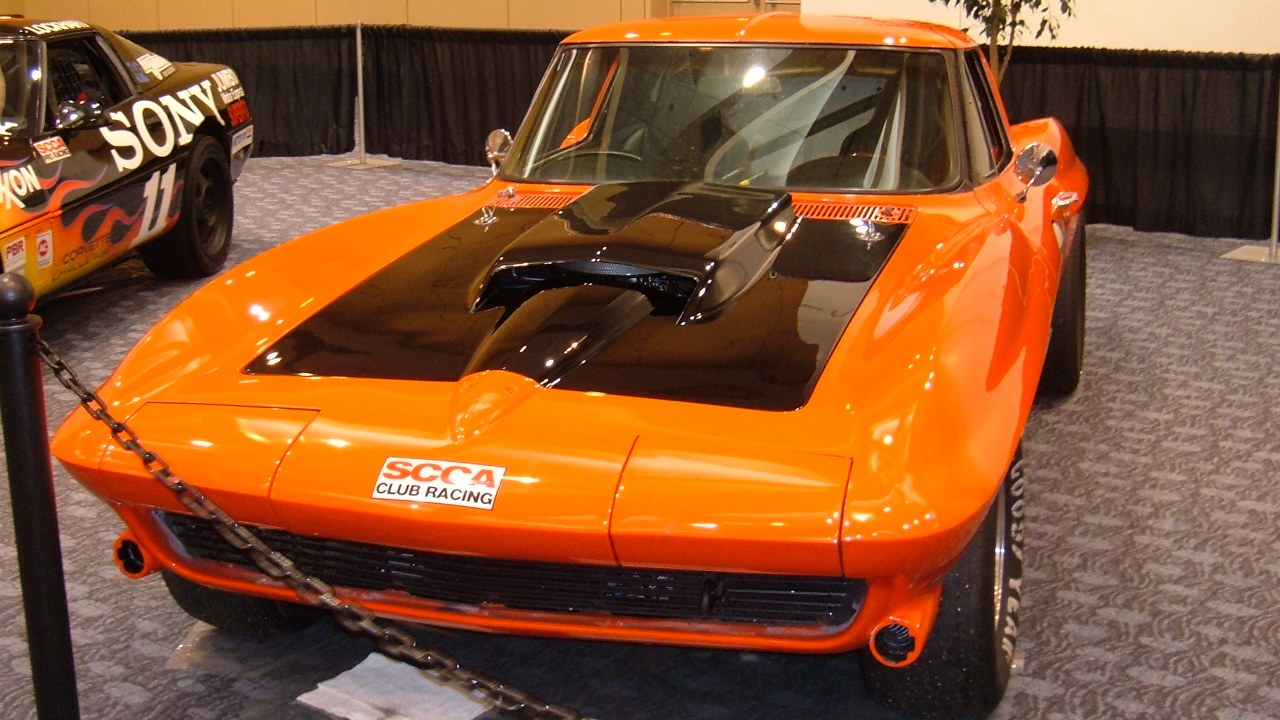
One of the most compelling reasons automakers embraced pop-up headlights was their contribution to a sleek, aerodynamic design. By allowing headlights to retract into the body of the car, manufacturers could create a smoother front-end look, free from the protrusions that traditional headlights necessitated. This design choice not only enhanced the visual appeal of cars but also suggested a forward-thinking approach to automotive styling.
Several iconic car models are forever linked with pop-up headlights, contributing to their cultural cachet. The Chevrolet Corvette, for example, sported these distinctive features for decades, becoming a symbol of American automotive innovation. Similarly, the Mazda RX-7 embraced the pop-up headlight design, solidifying its place in the hearts of car enthusiasts. These models and others like them contributed to the ‘cool’ status of cars equipped with pop-up headlights, making them a desirable feature for drivers seeking style and sophistication.
Functional Advantages of Pop-Up Headlights
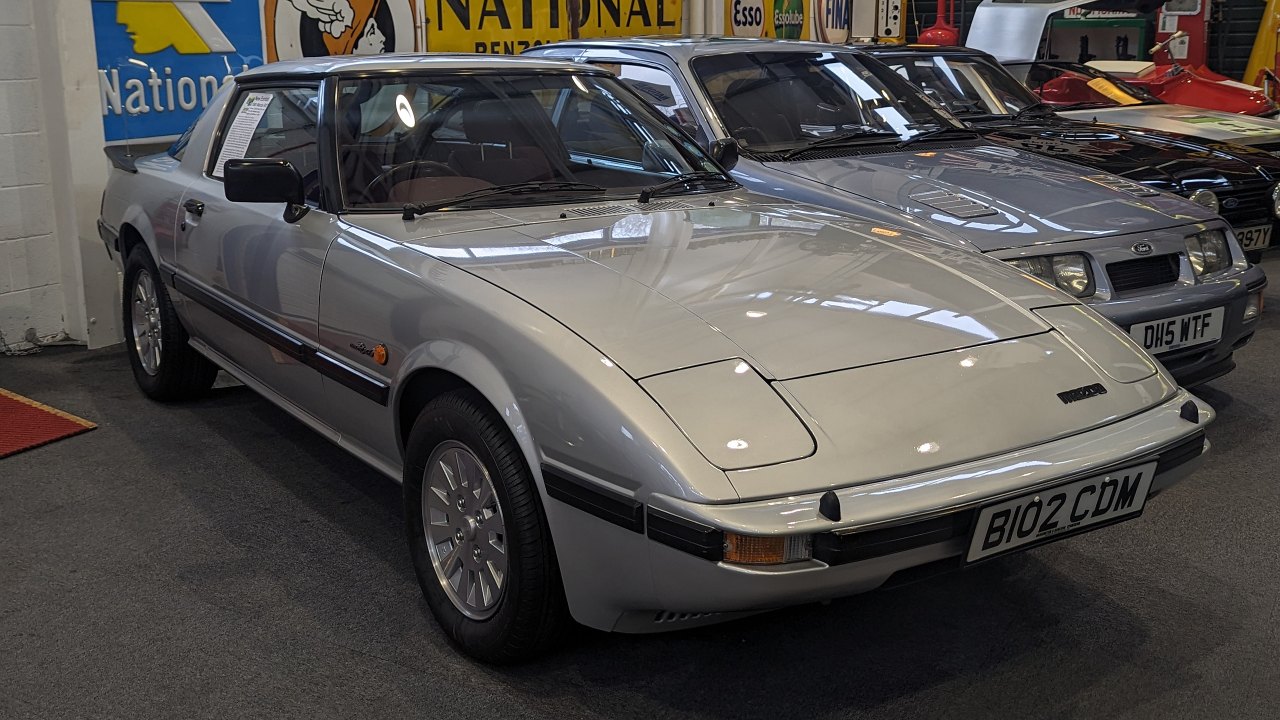
Beyond their aesthetic appeal, pop-up headlights offered practical functional benefits, particularly in terms of aerodynamics. By concealing the headlights within the car’s body when not in use, these designs helped to reduce aerodynamic drag. This improvement in aerodynamics not only enhanced the vehicle’s performance but could also lead to better fuel efficiency, a factor that automakers had to consider even during the heyday of larger and less fuel-efficient cars.
Another advantage of retractable headlights was their ability to protect the headlights from damage. When retracted, these lights were less susceptible to damage from road debris and environmental elements such as rain, snow, or even the harsh sun. This design meant fewer maintenance issues and longer-lasting headlight performance, adding to the practical allure of pop-up headlights for both automakers and consumers.
Technological and Regulatory Influences
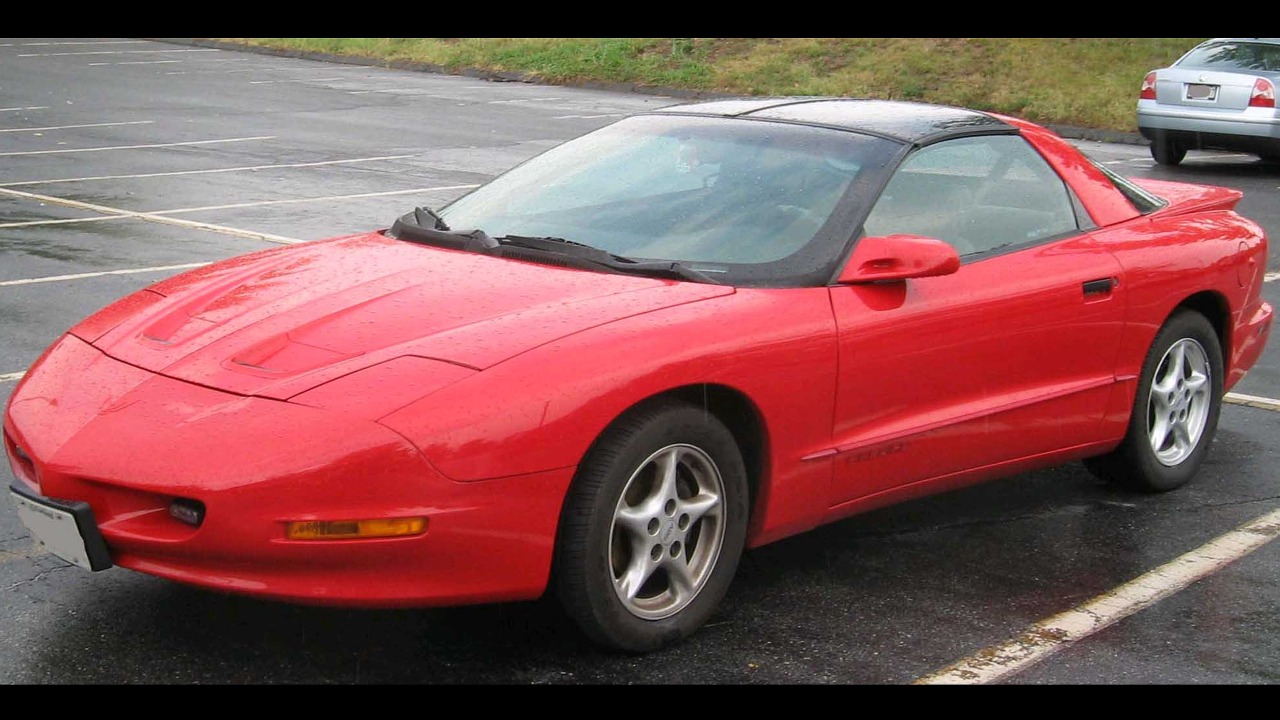
Technological limitations of earlier decades also played a crucial role in the adoption of pop-up headlights. During the mid-20th century, the available technology for compact and efficient headlight designs was limited. Pop-up headlights offered a solution by allowing for larger, more powerful lights to be hidden when not in use, thus circumventing the technological constraints of the time.
Regulatory pressures also influenced the design choices of automakers. In the United States, headlight height regulations that mandated minimum and maximum heights for headlights led manufacturers to seek innovative solutions. Pop-up headlights became a way to comply with these regulations while still providing the desired aesthetic and performance benefits. These regulatory considerations were a significant factor in the prevalence of retractable headlights during certain periods.
The Decline of Pop-Up Headlights
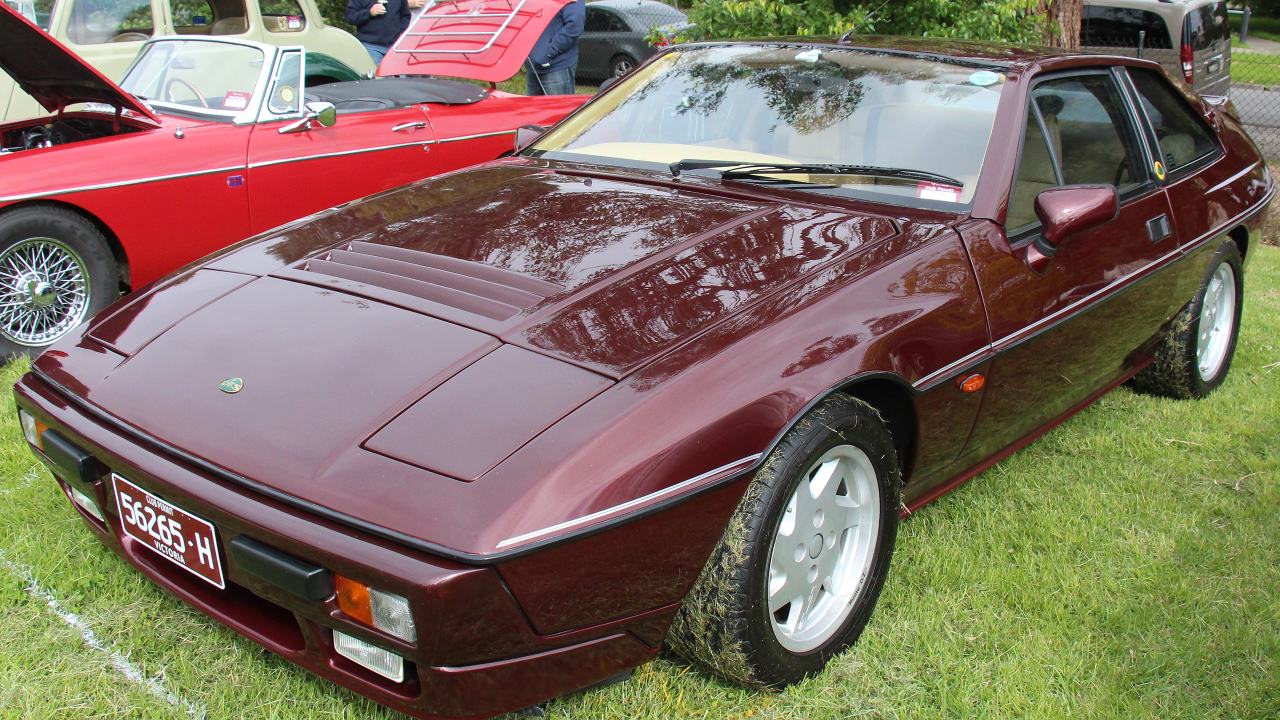
Despite their many advantages, pop-up headlights eventually fell out of favor, largely due to evolving safety standards. As automotive safety became a greater priority, concerns about pedestrian safety emerged. The sharp edges and moving parts of pop-up headlights posed potential risks in collisions with pedestrians, leading to regulatory changes that favored more integrated and less obtrusive lighting solutions.
Advancements in lighting technology also contributed to the decline of pop-up headlights. The rise of LED lighting offered automakers new opportunities to create efficient, bright, and flexible lighting designs. LEDs provided superior performance with a smaller footprint, making it easier for manufacturers to design headlights that were both effective and seamlessly integrated into the vehicle’s body. As LED technology advanced, the need for pop-up designs diminished, leading to their gradual disappearance from modern cars.
Legacy and Nostalgia
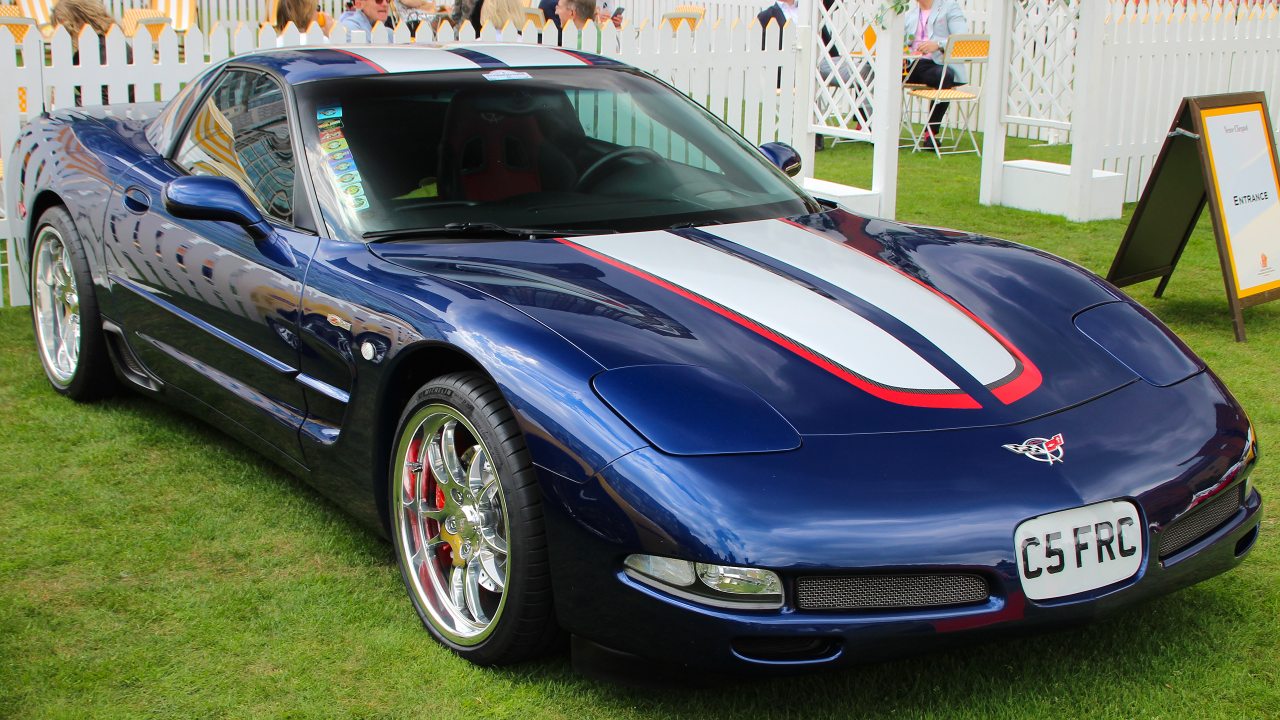
Even though pop-up headlights are no longer common, their legacy endures in automotive history. They remain a symbol of a particular era of car design, evoking nostalgia among enthusiasts who remember the distinctive style and character they brought to vehicles. For many, pop-up headlights are a reminder of a time when car design was as much about personality as it was about performance.
In today’s collector’s market, cars with pop-up headlights continue to hold significant appeal. Enthusiasts and collectors often seek out models like the Toyota Supra, Pontiac Firebird, and others that featured these iconic designs. The enduring popularity of such vehicles suggests that the charm and allure of pop-up headlights remain strong, attracting those who appreciate the unique blend of form and function they represent.
Ultimately, while pop-up headlights may have disappeared from new car models, their impact on the automotive industry and their place in the hearts of car lovers remain indelible. As technology and tastes continue to evolve, the nostalgia for these once-standard features will likely persist, keeping the spirit of pop-up headlights alive for many years to come.
Like Fast Lane Only’s content? Be sure to follow us.
Here’s more from us:
*Created with AI assistance and editor review.

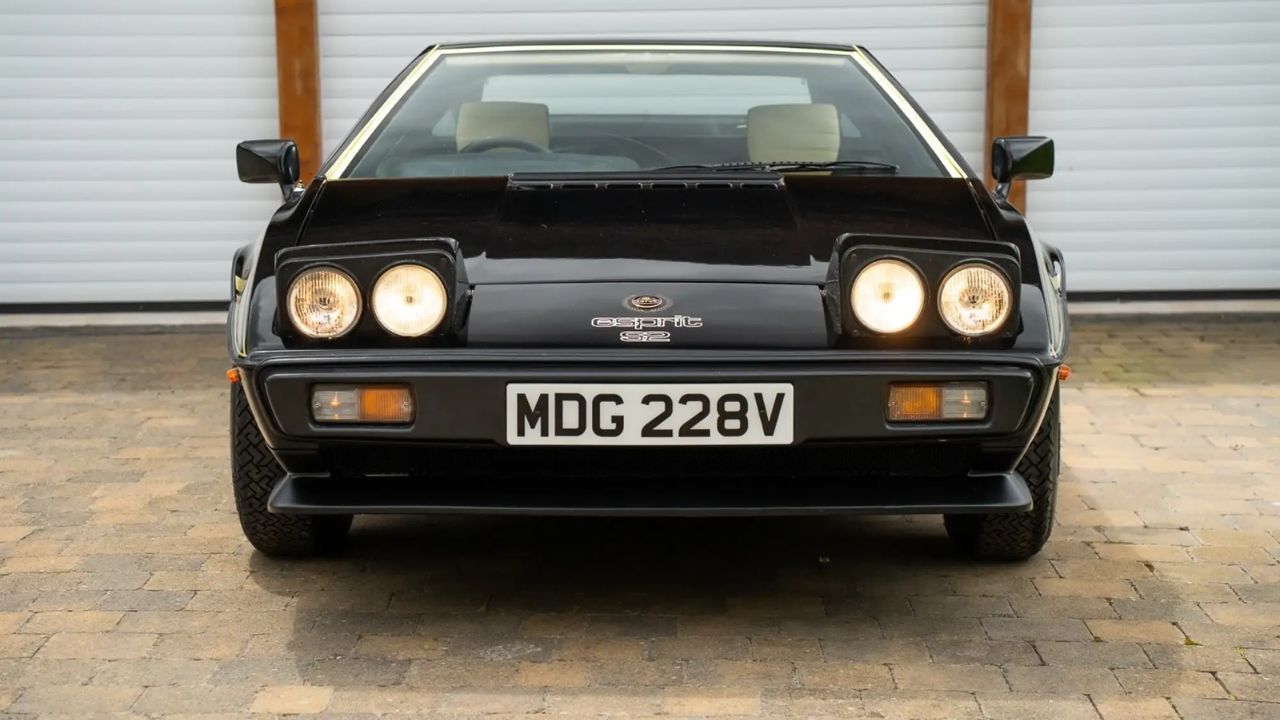
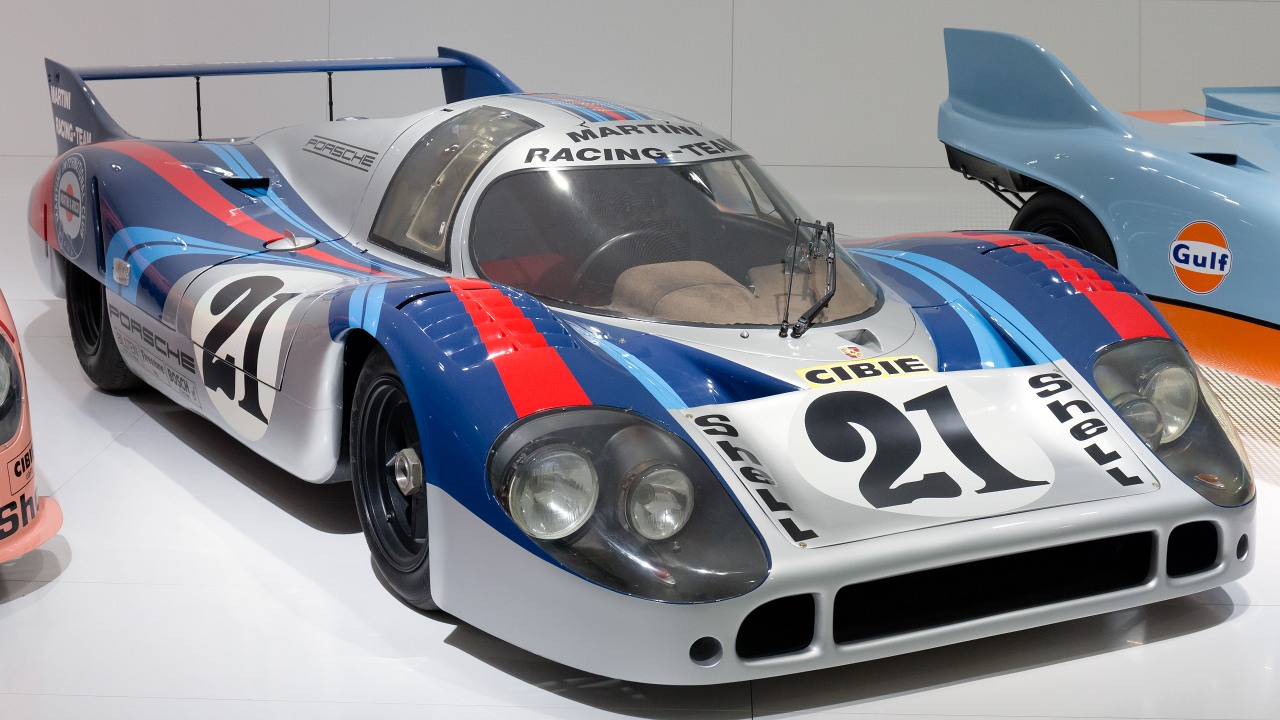
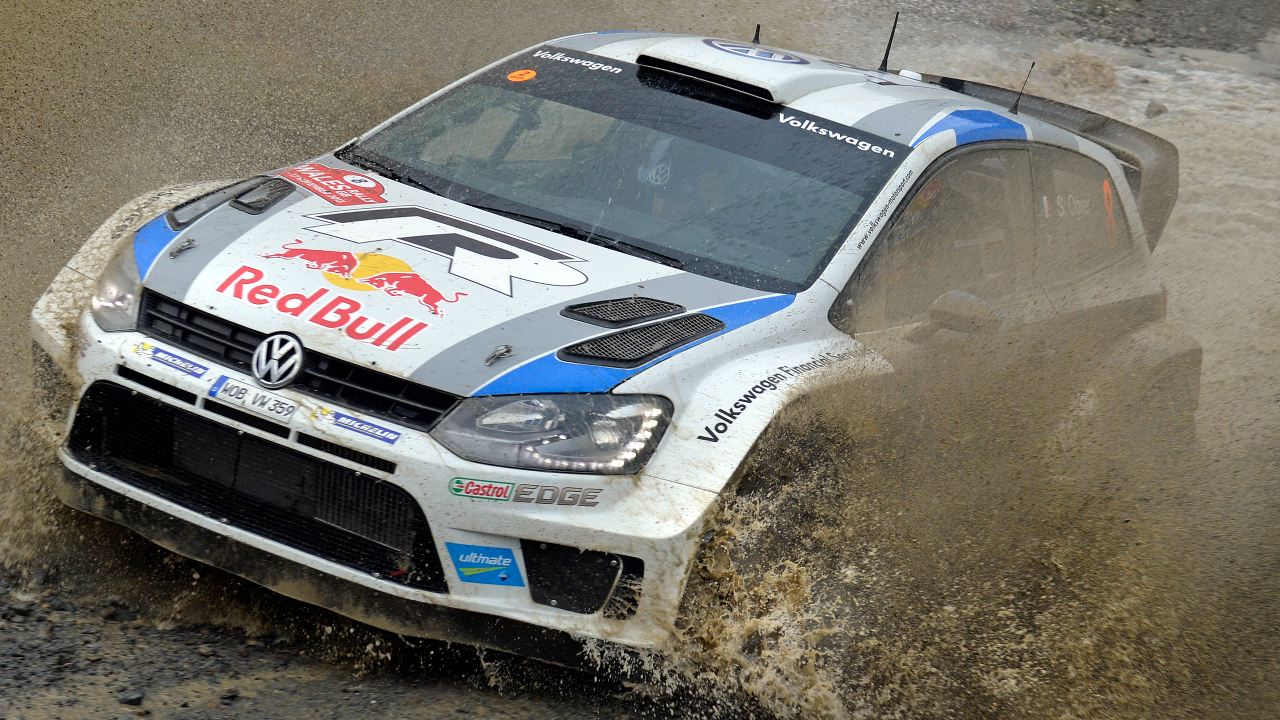
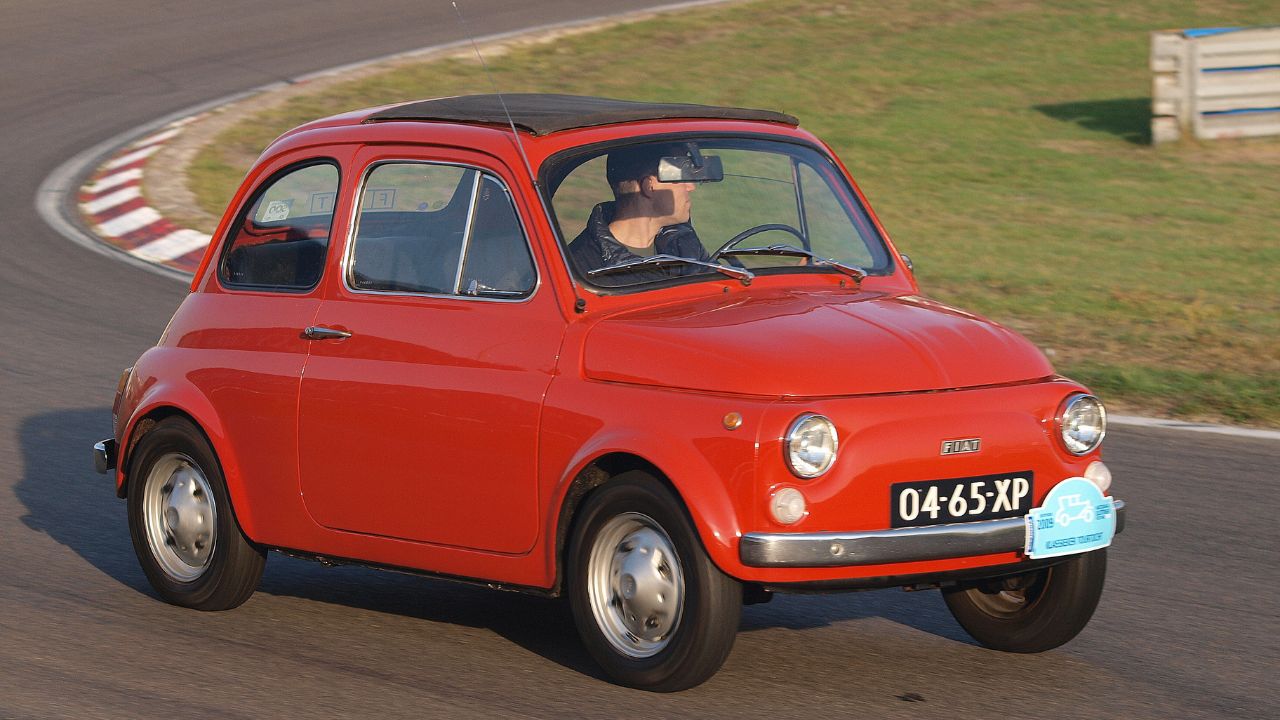
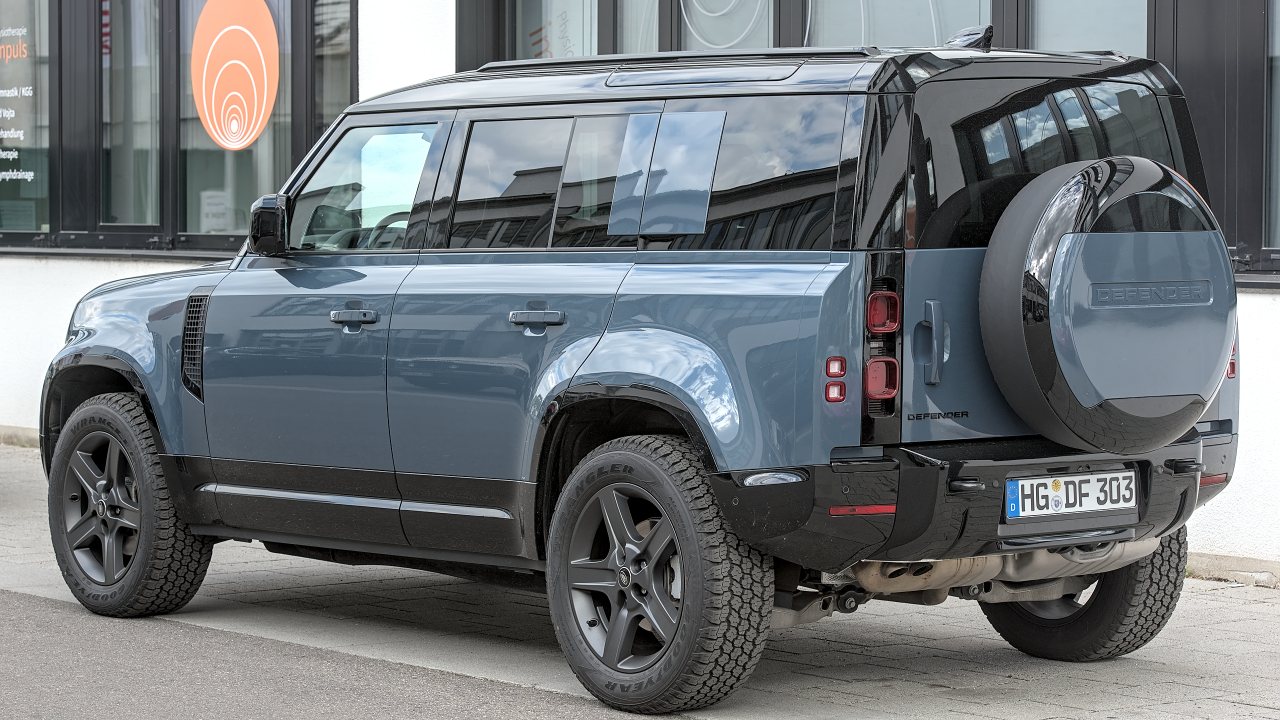
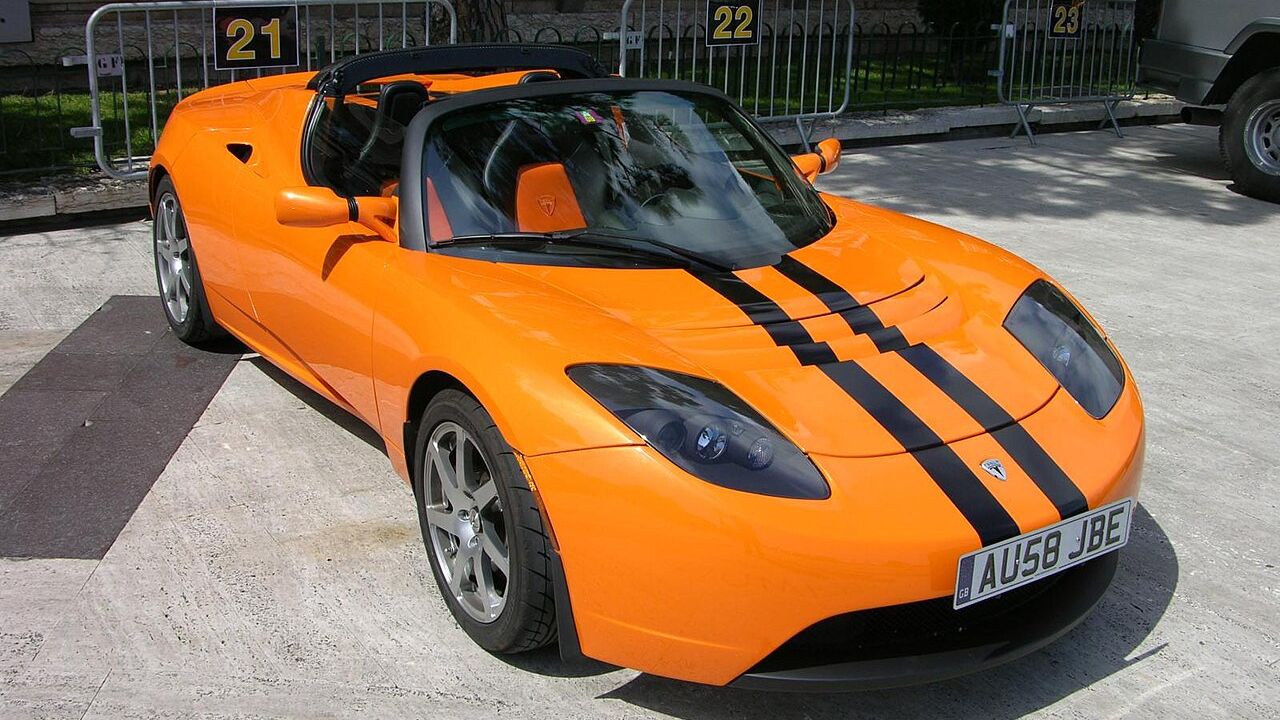
Leave a Reply